In a surprising real estate trend, move-in-ready homes are losing their premium in certain cities, while fixer-uppers are attracting competitive bidding wars. Traditionally, buyers have been willing to pay more for updated homes to avoid renovation hassles, but rising material costs, labor shortages, and shifting buyer preferences have flipped the script. In some markets, the demand for fixer-uppers has surged because buyers see the opportunity to customize homes while building equity. According to Forbes, these shifts are largely driven by investors, house flippers, and homeowners eager to take on projects themselves. If you’re looking to buy or sell, here are 13 cities where renovated homes are now selling for less than fixer-uppers.
1. Denver, Colorado

Denver’s housing market has seen a reversal, where older homes needing updates are selling for more than their freshly renovated counterparts. As reported by The Wall Street Journal, rising mortgage rates have made buyers hesitant to take on higher-priced move-in-ready properties. Instead, they are paying top dollar for fixer-uppers, viewing them as long-term investments. The trend is particularly evident in Denver’s older neighborhoods, where homes with historic charm are highly sought after.
A combination of house-flipping activity and a competitive buyer pool has caused fixer-upper prices to rise. Many buyers see these homes as blank canvases, giving them the freedom to renovate according to their needs. While the costs of renovations have increased, many still find it more appealing than paying a premium for someone else’s design choices. This shift reflects a growing interest in personalization over pre-packaged upgrades.
2. Nashville, Tennessee

In Nashville, the demand for fixer-uppers has outpaced that of fully renovated homes, especially in up-and-coming neighborhoods. According to CNBC, buyers are more willing to pay for homes with potential rather than those already updated to someone else’s taste. Rising costs of renovations haven’t deterred homeowners who see long-term value in customizing their properties. Investors have also played a role in pushing up prices, competing for homes that can be transformed into high-yield rentals.
The city’s vibrant real estate market has made even outdated properties highly desirable. Buyers see fixer-uppers as opportunities to add value over time, despite the upfront work required. Some prefer unfinished spaces over modern renovations that might not align with their style. As a result, turnkey homes are losing their competitive edge in Nashville’s evolving market.
3. Phoenix, Arizona

Phoenix has seen a shift in buyer preferences, with fixer-uppers now commanding higher prices than renovated homes. As noted by Realtor.com, buyers are prioritizing homes with good bones over flashy remodels. Investors and first-time buyers alike are targeting properties with potential, leading to bidding wars on houses that need work. This trend is particularly strong in historic districts and older suburban neighborhoods.
Despite the city’s historically hot market for move-in-ready properties, affordability concerns have changed the game. Many buyers believe that renovating at their own pace is more cost-effective than overpaying for pre-renovated homes. Additionally, supply chain delays have made pre-remodeled homes less appealing, as buyers worry about hidden shortcuts. The result is a new demand dynamic that favors fixer-uppers over completed projects.
4. Austin, Texas

Austin’s once-booming real estate market has seen a shift, with buyers now favoring fixer-uppers over fully renovated homes. As noted by The New York Times, rising property taxes and high-end renovation costs have made turnkey homes less appealing. Many buyers prefer purchasing older properties at a premium, banking on future appreciation or the ability to personalize renovations. The trend is also fueled by investors who see potential in upgrading outdated homes for higher resale values.
Flipping has become a major force in Austin, with demand driving up the price of fixer-uppers beyond that of updated homes. The city’s historic neighborhoods, like East Austin, are especially popular among those willing to take on renovations. However, buyers should be mindful of increasing costs for materials and labor, which may impact profitability. Despite these challenges, the desire to create a customized home continues to fuel the market.
5. Atlanta, Georgia
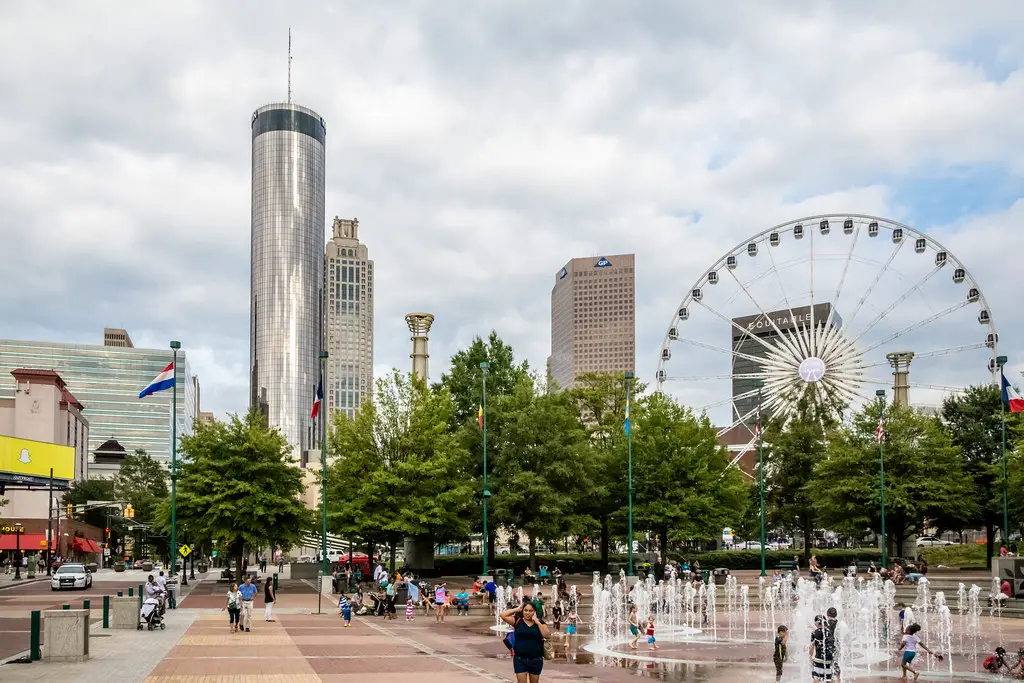
Atlanta’s housing market has seen a growing preference for fixer-uppers over move-in-ready homes. Buyers are attracted to the idea of purchasing homes they can tailor to their specific tastes rather than settling for someone else’s renovation choices. The city’s historic neighborhoods, such as Grant Park and West End, have become hotspots for those looking to invest in older properties. With high demand, sellers of outdated homes are often fetching better prices than those selling newly updated homes.
Many buyers believe that taking on a renovation project allows for better financial control. Instead of paying for costly upgrades they might later undo, homeowners are opting to pay more upfront for a home that offers customization potential. Investors and home flippers have also contributed to this shift by aggressively pursuing fixer-uppers. As a result, renovated homes are struggling to compete in certain areas of Atlanta.
6. Portland, Oregon

Portland has long been a city that embraces home improvement, and its real estate market reflects that mindset. Buyers are showing a willingness to pay more for homes that require renovations, particularly in older neighborhoods with unique architecture. The preference for fixer-uppers stems from a desire to create custom living spaces rather than settling for pre-designed interiors. Even with rising renovation costs, many buyers view these projects as long-term investments.
Sellers with fully updated homes have found it challenging to compete with the demand for properties that need work. Many buyers feel that recently renovated homes lack character or originality, leading them to favor homes with untapped potential. The ability to make a space truly personal has become more important than immediate move-in convenience. Portland’s market continues to reward those willing to take on renovations.
7. Seattle, Washington
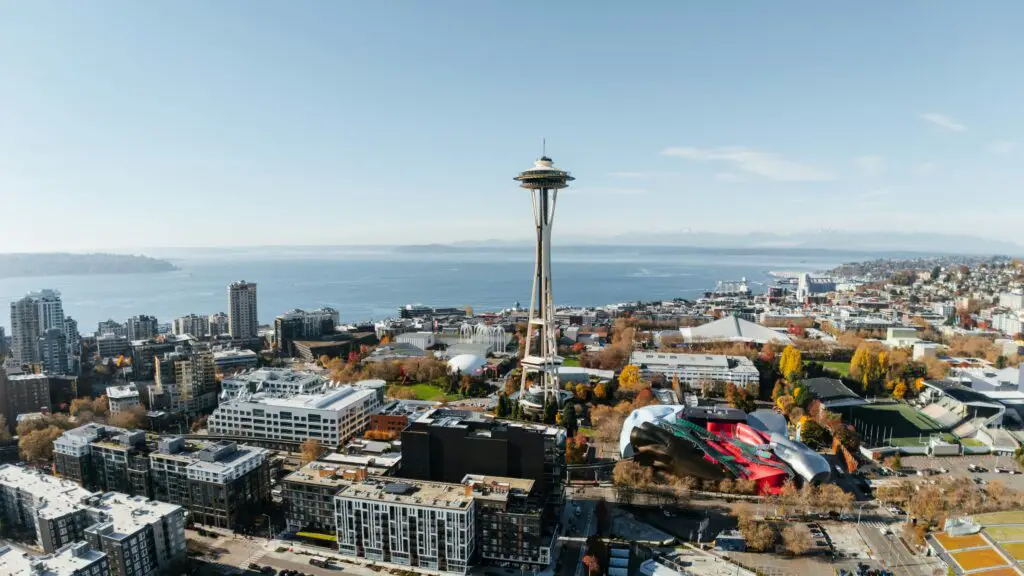
Seattle’s competitive housing market has made fixer-uppers more valuable than move-in-ready homes. Buyers are prioritizing homes with potential rather than those that have already been modernized. Many believe that purchasing a home at a higher price and renovating it themselves will yield better long-term returns. As a result, sellers of recently updated homes are seeing less interest than those offering homes in need of work.
The trend is especially noticeable in older neighborhoods with strong appreciation potential. Buyers are willing to invest in renovations because they see it as a path to building equity. Additionally, investors and developers have driven up the cost of fixer-uppers by competing for properties with redevelopment potential. This shift has reshaped Seattle’s housing market in unexpected ways.
8. Miami, Florida
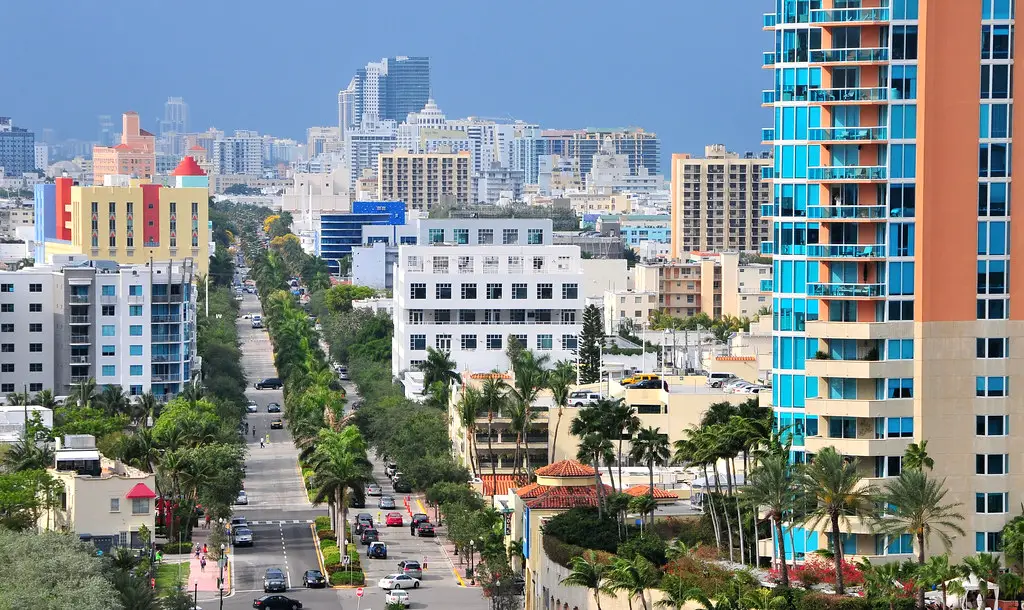
Miami’s luxury real estate market has seen an unusual shift, with fixer-uppers in prime locations now outpricing renovated homes. Buyers are paying premiums for properties with strong potential rather than those already updated to someone else’s taste. This trend is especially prominent in high-end neighborhoods, where customization is a major priority. As a result, sellers of recently renovated homes are finding it harder to compete with the demand for homes in need of work.
The city’s booming real estate market has led many buyers to see fixer-uppers as long-term investments. Instead of settling for pre-renovated properties that may not align with their aesthetic, homeowners prefer to oversee their own upgrades. Investors are also driving up prices, competing for properties they can flip for higher profits. Miami’s market continues to favor those who are willing to put in the effort to create their ideal living space.
9. Charlotte, North Carolina

Charlotte’s housing market has followed the national trend, with fixer-uppers in high demand despite the higher costs of renovations. Buyers are willing to pay more for homes with solid bones that allow for customization rather than settling for move-in-ready properties. Many view this as a better financial decision, seeing renovations as a way to build equity. As a result, turnkey homes are struggling to attract the same level of interest.
Neighborhoods with older homes, such as Plaza Midwood and Dilworth, are seeing particularly strong demand. Buyers are willing to pay a premium for homes with character, even if they require extensive updates. Investors have also increased competition, as they recognize the potential value in transforming outdated properties. This has created a competitive market where fixer-uppers often sell for more than their renovated counterparts.
10. San Diego, California

San Diego’s housing market has seen a shift in buyer preferences, with fixer-uppers now commanding higher prices than renovated homes. Buyers are prioritizing properties that allow them to make their own design choices rather than paying for someone else’s upgrades. Rising home prices have also made it more appealing to purchase homes that need work, as they provide opportunities for long-term value growth. This demand has driven up prices for unrenovated properties in many parts of the city.
The trend is especially strong in historic neighborhoods, where buyers are drawn to homes with unique architectural features. Many prefer to restore these homes rather than purchase modernized properties that may not fit their vision. Investors and home flippers have also contributed to the rising prices of fixer-uppers. As a result, move-in-ready homes are sitting on the market longer while older homes are selling quickly.
11. Tampa, Florida
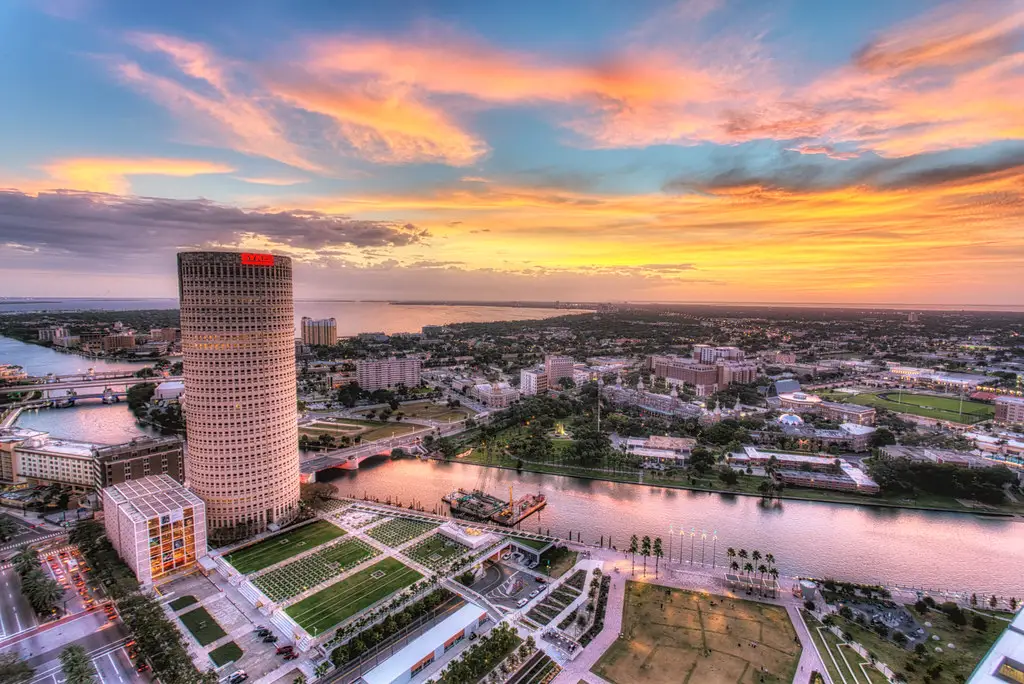
Tampa’s real estate market has seen a surprising demand for fixer-uppers over recently renovated homes. Buyers are drawn to properties that allow for personalization, even if they require significant work. Many see purchasing an unrenovated home as a way to maximize their investment, as they can control the renovation process and costs. This has led to bidding wars on homes that, just a few years ago, might have been overlooked.
Neighborhoods like Seminole Heights and Ybor City are experiencing increased competition for older homes. Buyers appreciate the opportunity to modernize a home while preserving its original charm. At the same time, rising material costs haven’t deterred investors and homeowners from pursuing fixer-upper projects. The result is a market where outdated homes are often commanding higher prices than their move-in-ready counterparts.
12. Chicago, Illinois
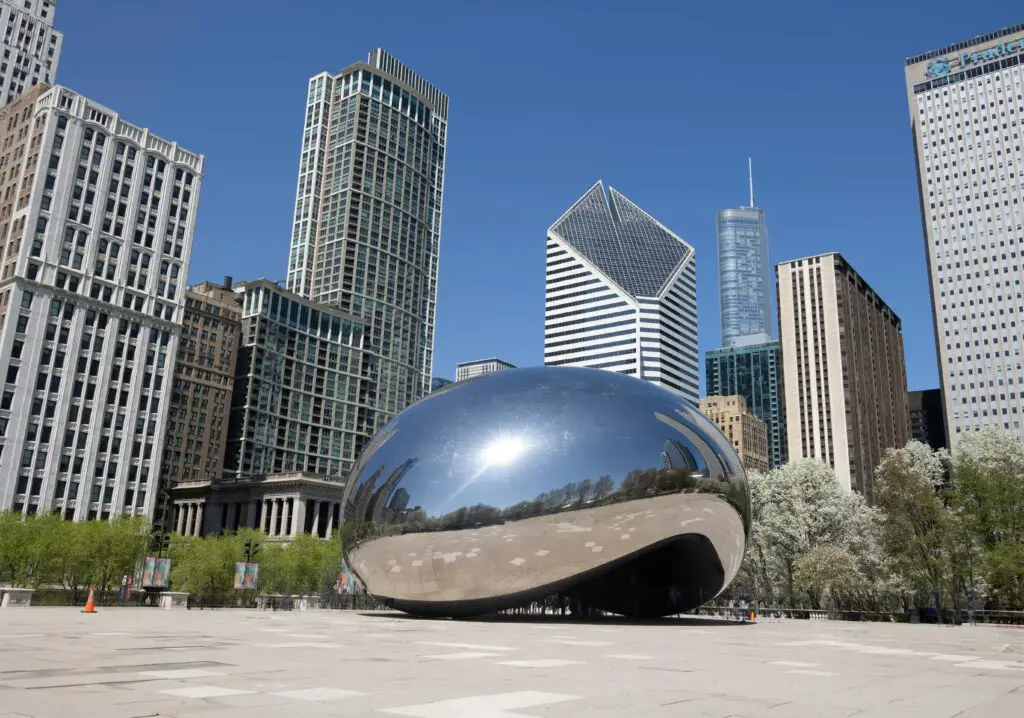
Chicago’s real estate market has mirrored the nationwide shift, with fixer-uppers often selling for more than renovated homes. Buyers see potential in properties that need work, preferring to create their own vision rather than inherit someone else’s design choices. Rising home prices have made it more appealing to invest in a project rather than pay a premium for completed renovations. As a result, unrenovated homes in desirable neighborhoods are selling quickly at higher prices.
Historic districts such as Lincoln Park and Wicker Park have seen increased demand for homes with renovation potential. Many buyers are willing to pay a premium for properties that allow them to preserve original features while making modern upgrades. Investors have also fueled competition, recognizing the long-term profitability of fixer-upper properties. This has made it difficult for fully renovated homes to attract the same level of interest.
13. New Orleans, Louisiana
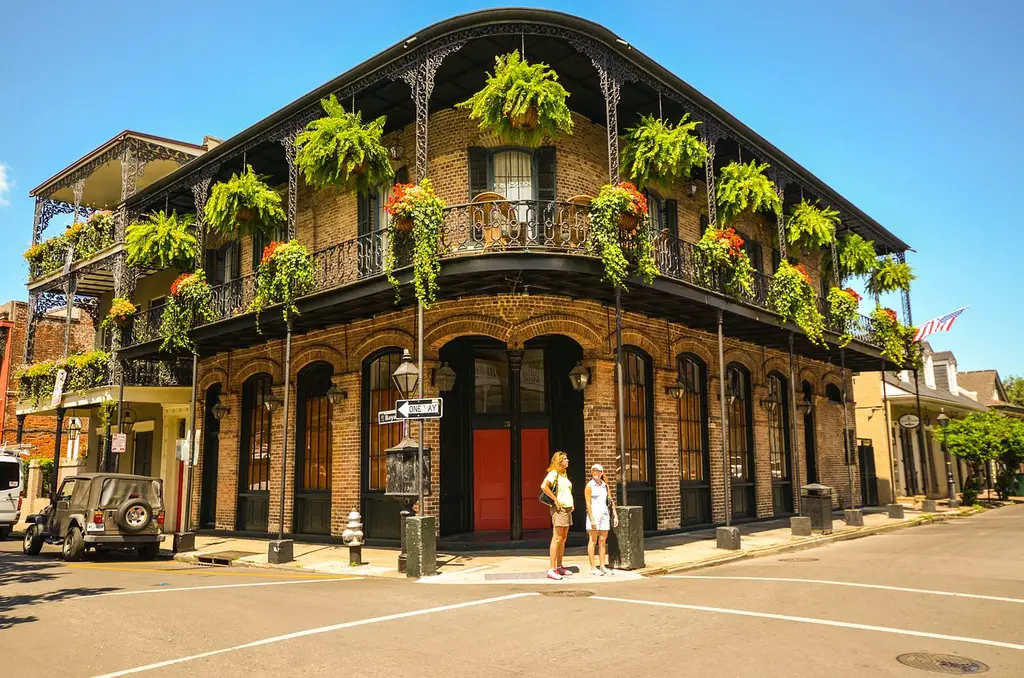
New Orleans has long been known for its historic homes, and buyers are increasingly prioritizing fixer-uppers over pre-renovated properties. Many are drawn to the city’s unique architecture and prefer to restore homes themselves rather than settle for modernized versions. The ability to customize a home while maintaining its original charm has led to rising demand for unrenovated properties. As a result, move-in-ready homes are facing stiff competition from those in need of updates.
Neighborhoods like the French Quarter and Garden District are particularly popular among buyers looking for fixer-upper opportunities. Many see purchasing a home in need of work as an investment, believing that renovations will add long-term value. The city’s strong short-term rental market has also attracted investors who are willing to pay more for properties with potential. This trend continues to shape New Orleans’ housing market, favoring older homes with room for customization.
